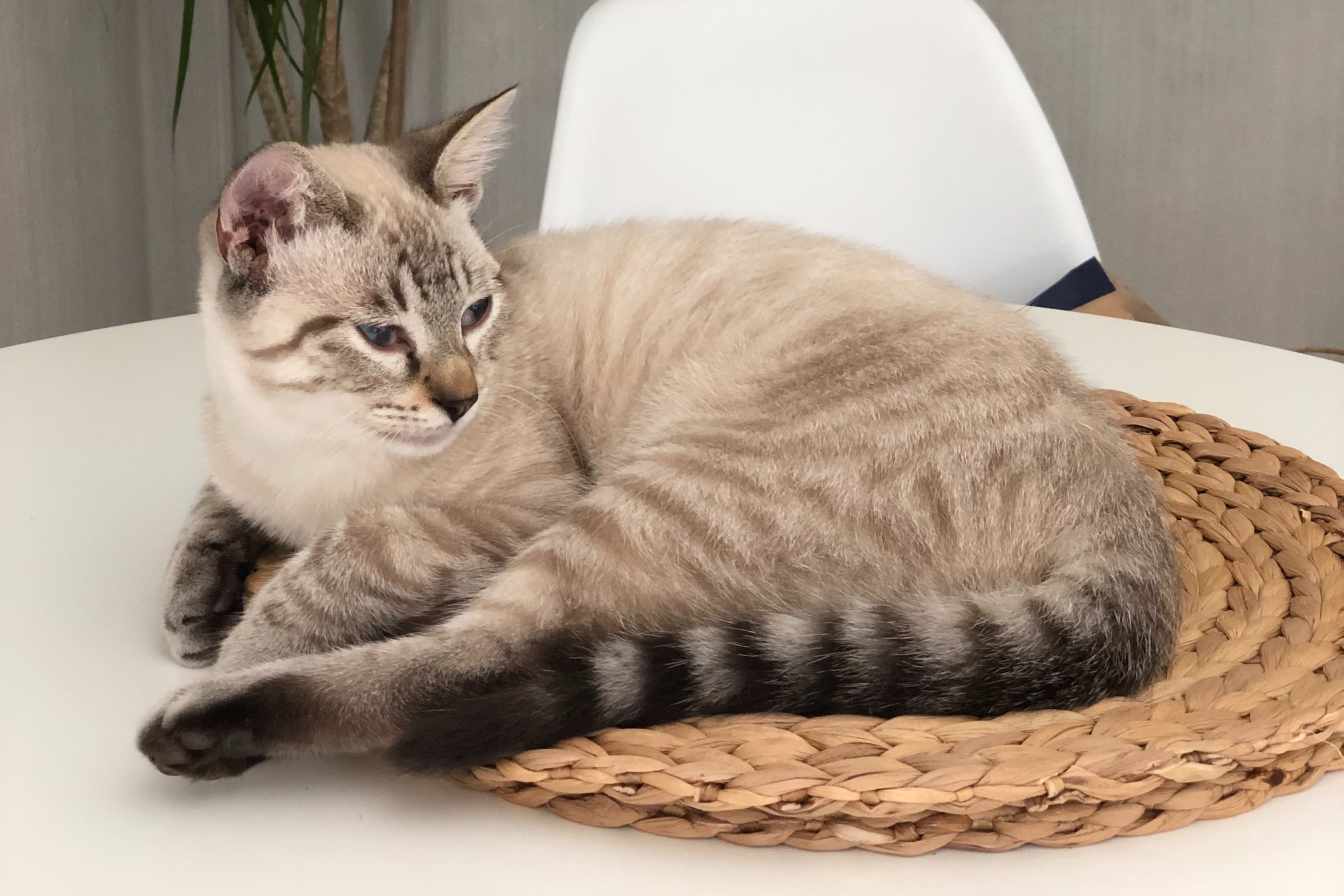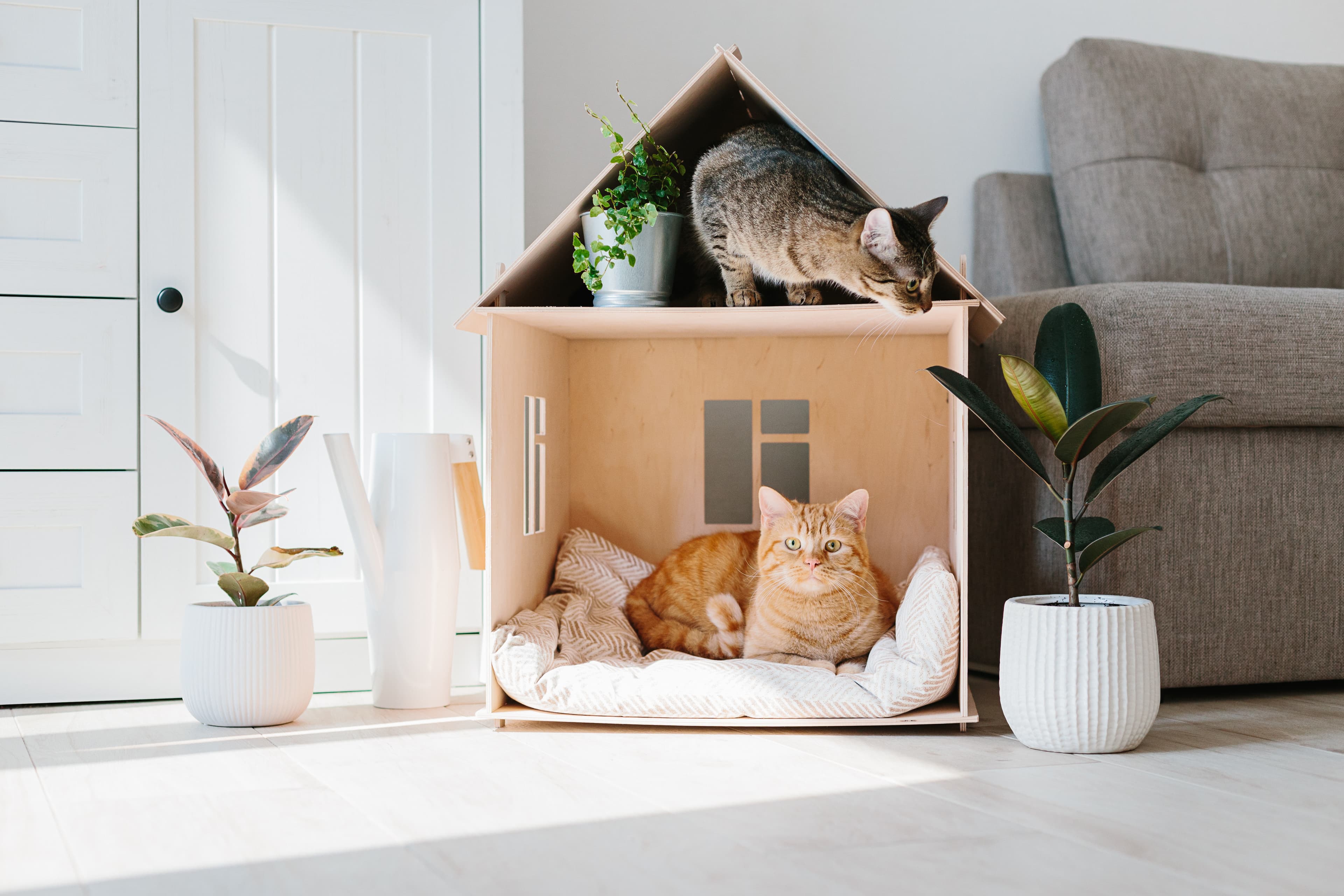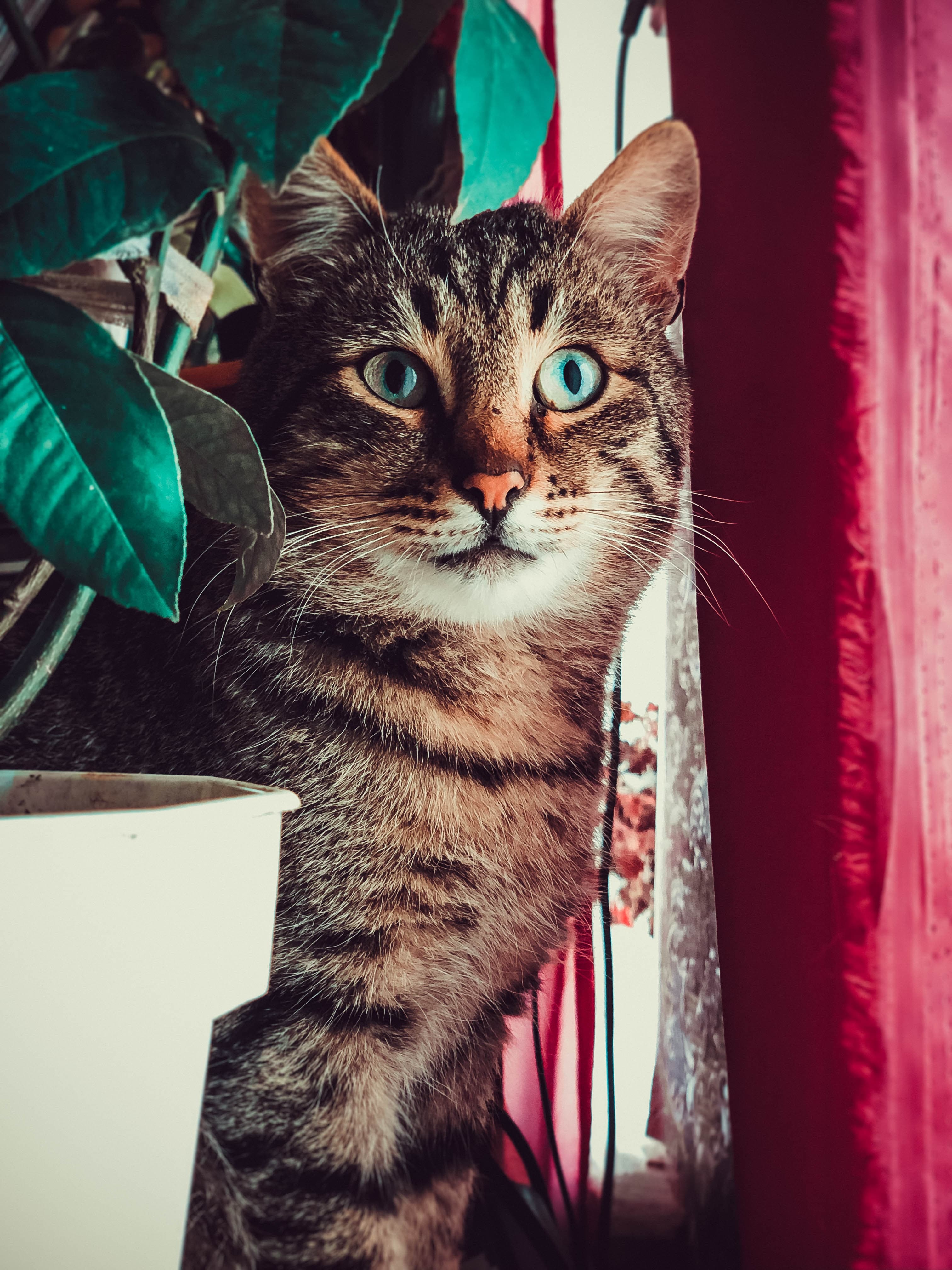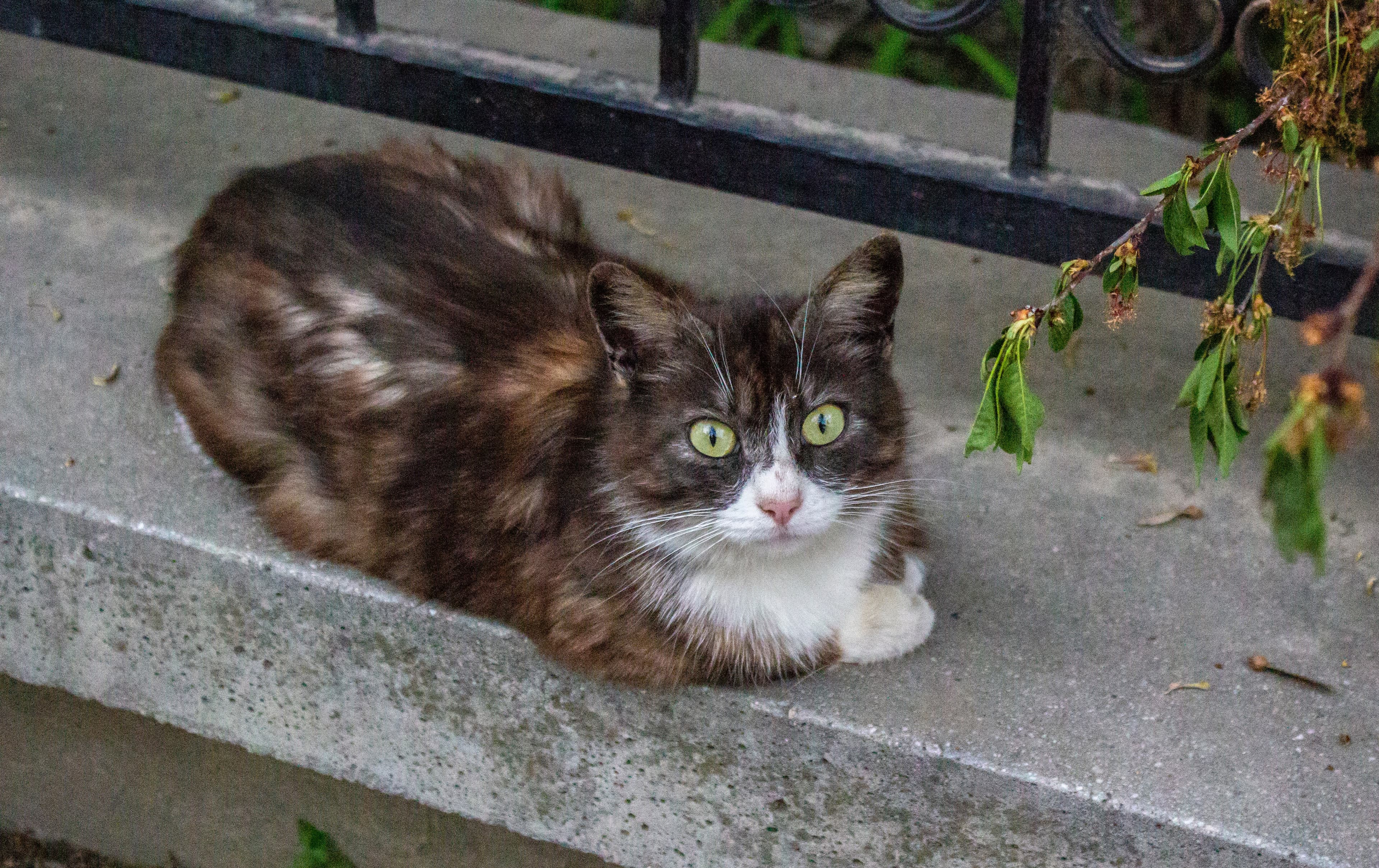Tooth loss - Periodontitis
Periodontitis, or tooth loss, is something that some cats have problems with. The reason it occurs is because lots of bacteria attach themselves to the tooth and build up thin, soft coatings, partly by "scraping off" food debris. These coatings are also known as plaque, which when combined with the cat's saliva calcifies and becomes hard. This then forms what is known as tartar.
If the tartar is not removed, it can cause the cat to suffer tooth loss due to inflammation of the gums, bones and possibly the jawbone. If you want to know more about tartar and periodontitis in cats - what it is, how it occurs, its symptoms and treatment - you should keep reading!
How does periodontitis occur?
The thing that can start the process of your cat suffering from tooth loss is bacteria. If your cat's teeth are dirty or have food debris left behind, the bacteria can "live" on it and create thin, soft coatings. This is called plaque, which in turn is what creates tartar when the cat's saliva reacts with the coatings and becomes hard. The bacteria in the tartar can then also cross over and attack the gums that are near the affected tooth. This can lead to gingivitis, which can then spread to other teeth in the mouth. If the inflammation gets bad enough, it can eventually lead to the bone of the tooth being affected as well. When this happens, the tooth bone will start to break down. As the cat's teeth, gums and bones become increasingly infected with bacteria, the risk of tooth loosening increases.
Symptoms of tooth loss?
But how do I know if my cat has tartar and if this in turn could lead to tooth loss? Given that cat owners tend to rarely examine their cats' mouths and teeth, i.e. without clear reasons, it can be difficult to detect the course of events in time. However, detecting tartar once you examine your cat's mouth and teeth is quite simple.
Smelly mouth
A characteristic feature of tartar and tooth loss, which you can detect even if you don't look inside the mouth, is that the cat's mouth smells very bad. This is something that you, as a cat owner, can often detect quite quickly as it can really be felt.
Difficulty eating
Other symptoms are that the cat has difficulty eating, especially dry food. It very seldom leads to decreased food intake or that the cat stops eating. If your cat stops eating it is usually something other than the mouth.
How is periodontitis treated?
Do you suspect that your cat has periodontitis? If so, professional treatment is needed to improve the problem. In other words, you don't need to sit with a scraper to try to remove the tartar on your own, that is if the problem is already there. What you need is a visit to a vet who can do a thorough examination and cleaning of your teeth. Since most of the bacteria and some of the tartar as well as the inflammation are under the gum line, a basic cleaning is required to get rid of the problem. The cat then needs to be sedated so that the vet can carry out the examination. Hopefully, many teeth will not need to be extracted, but depending on the stage of the disease, the needs and the procedure may be very different. In other words, there is little you can do other than take your cat to a vet and have them examine it.
Can I prevent tooth loss?
One thing you can do to prevent and try to counteract tartar as well as tooth loss is to brush your cat's teeth regularly. Use a toothbrush and toothpaste for animals. It is also a good idea to occasionally examine your cat's mouth, teeth and gums to see if there are any signs of tartar or periodontitis, tooth loss.






